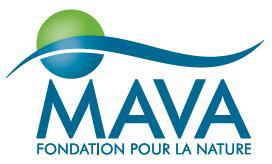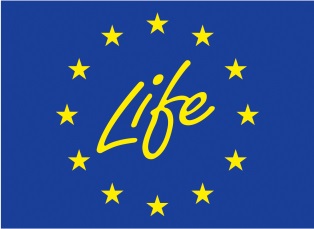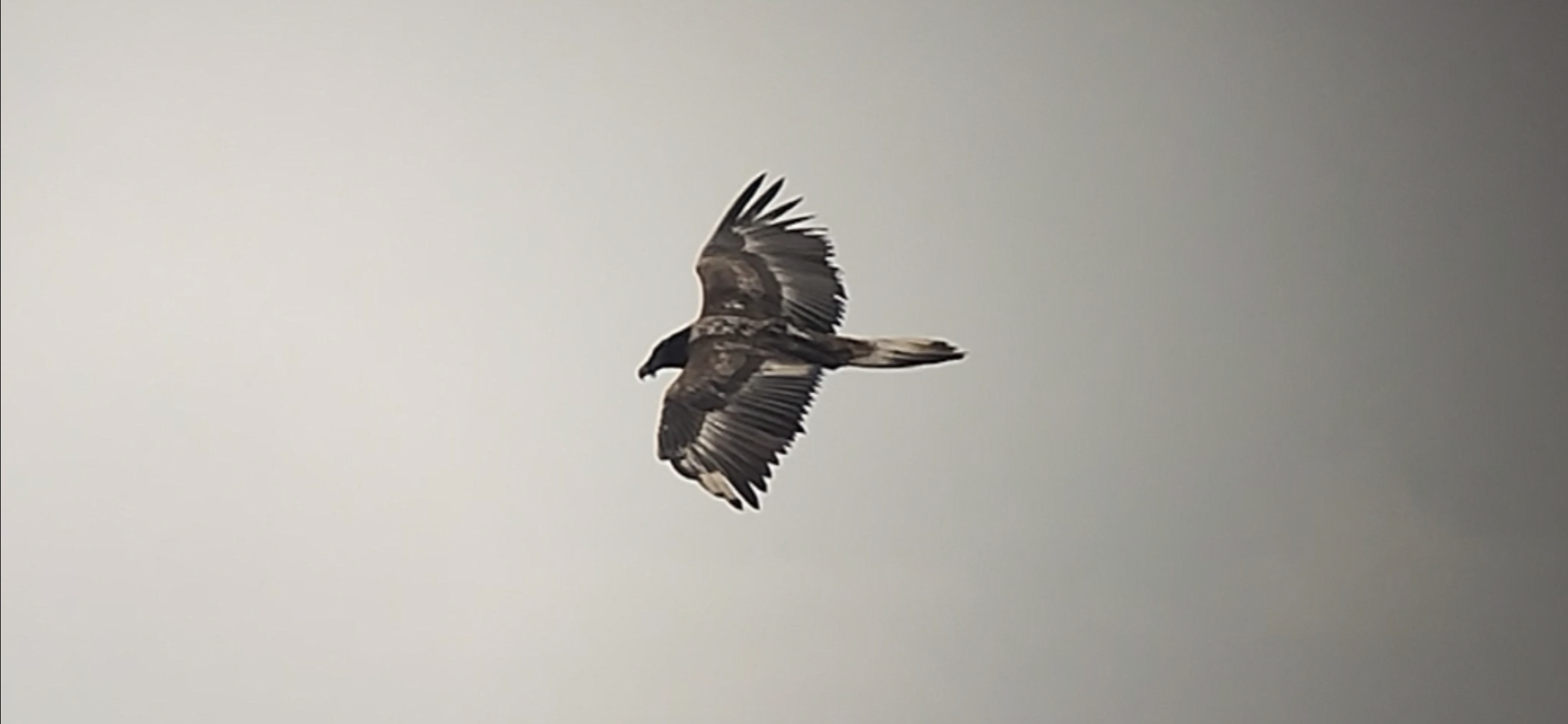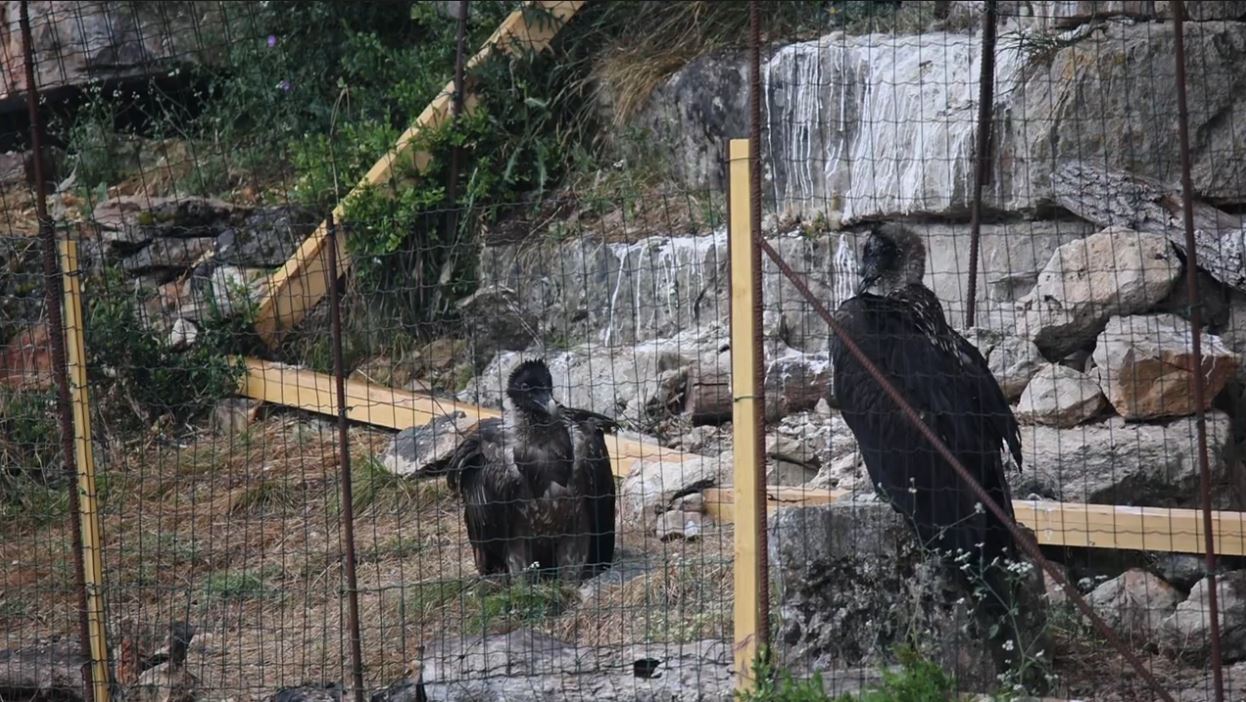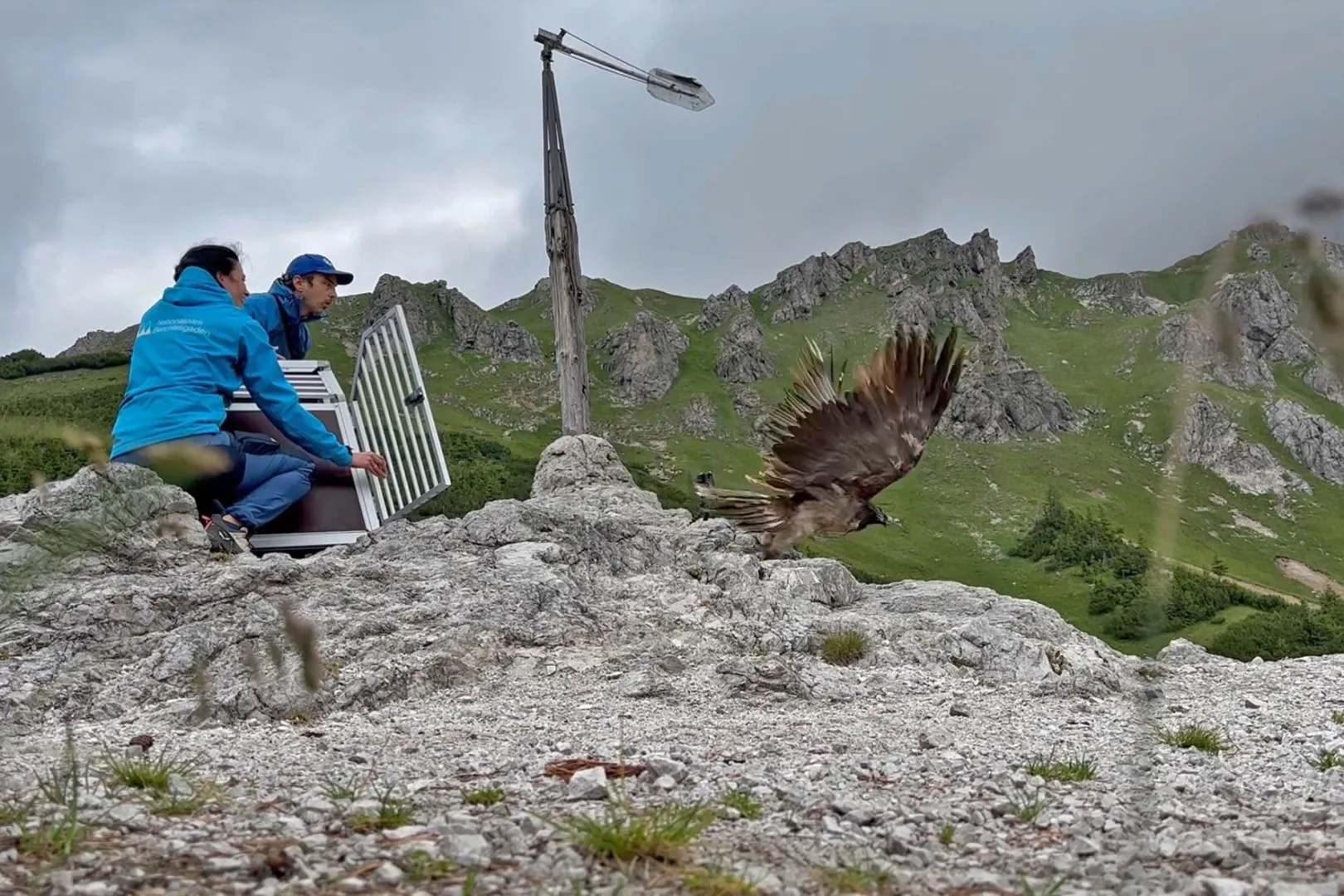
Three months have passed since bearded vultures Clapas, Drumana and Simay were released as part of the LIFE GYPCONNECT project in the Baronnies Natural Regional Park and how are they doing?
These bearded vultures were released at the beginning of the 2018 release season and since they fledged from their hacking nest they have been exploring their new home gradually.
The more adventurous of the three, Clapas, left the Baronnies at the end of July and went exploring the rest of the Alps, travelling around 100km west and was recorded in the Ecrins National Park. Drumana and Simay, however are still seen around the Baronnies, taking full advantage of the supplementary feeding stations.
Not only have they stayed close to the release site and the local feeding station, but they quickly discovered the location of the larger supplementary feeding site managed by Vautours en Baronnies, which took the two 2017 released birds Volcaire and Girun six months to discover.
You can see the movements of the two birds here
LIFE GypConnect
Led by the League pour la Protection des Oiseaux (LPO), in partnership with the Vautours en Baronnies, LIFE GypConnect aims to establish a breeding population in the Massif Central and Department of the Drôme. Releasing captive-bred Bearded Vultures into the wild at sites such as the Parc Naturel Régional des Grands Causses and Parc Naturel Régional des Baronnies Provençales will create a core population that will connect the two populations of the species in the Alps and Pyrenees. To facilitate movements between the new population and the Alpine and Pyrenean populations the LIFE GypConnect team is creating a network of supplementary feeding stations, and tackling threats such as poisoning, and collision and electrocution with the electricity infrastructure.
In 2018 three birds were released in the Baronnies, building on the release of eight birds in 2017, four in the Grands Causses, two in the Baronnies and two in Vercors. The project is co-funded by the EU LIFE fund and by the MAVA Fondation.

